When we think of wellness, we often focus on our physical and emotional health and perhaps even our social health. But what is emerging in wellness and health care is how our environments can play a significant role in living healthier, happier and longer. A guiding principle of well home design is biophilia which means “love of life” in Greek and it is based on our innate sense to be connected to nature.
The essence of biophilic design is the blend of nature meeting neuroscience where the environments that we live in connect to our five senses of sight, sound, smell, taste and touch. When it comes to our homes as well as the homes of our older parents and grandparents, biophilic design becomes the key to finding comfort and calm in our living environments.
Biophilic design is based on scientific research known as the savanna hypothesis. This theory has it founding in the origins of our evolution as humans about 2-4 million years ago. We lived on the wide-open savannas of the African plains where we could see predators approaching in time to hide or run (fight or flight response). In addition, survival meant having a food and water source found in the vast grasslands. This ecosystem consisted of a mosaic landscape of acacia trees to offer shelter from hot sun or heavy rain or again prowling threats, and the open skies brought fresh air.
How Biophilic Design Taps Into the Old Brain
At this time we operated with what neuroscientists call the “old brain.” The old brain is tied to our sympathetic nervous system and is most responsible for our stress response that is a trigger for survival. The old brain, or ancient brain (also called by some scientists the “reptilian brain”) harbors emotions such as comfort and calm as well as anger, anxiety and sadness and processes visual stimuli before it interprets words or numbers.
Biophilic design has been called regenerative healing and is an essential part of environmental wellness in our homes. One study found patients in a hospital room with a nature view on trees and greenery, were discharged twice as fast and needed less pain medication than those in a standard hospital room with no windows.1 Another study found a decreased risk of dementia and Alzheimer’s in adults over age 60 who lived in biophilic-designed environments.2
Biophilic design includes elements of nature: earth (wood, living greenery), fire, wind, water. Key design includes: open floor plans and rooms that are clutter free, natural lighting via windows that can be open to let in fresh air, gauzy drapes that can flow in the breeze, fireplaces that are easily seen by being elevated instead on the floor, living walls of greenery or indoor herb gardens and plants that oxygenate the room and water sources from indoor fountains, aquariums and clear glass vases where we see the water source.
By incorporating these elements into home décor and design even in small ways, signals to our old brains that this environment is one of comfort, sanctuary, protection and calm. Following are examples of biophilic design:
Other Elements of Well Home Design: Indoor Air Quality, Lighting, Sounds
Besides natural elements that light up neural circuitry, other elements of well home design also play into the five senses, including:
Indoor Air Quality (IAQ)
Prior to the pandemic, indoor air quality was focused on managing asthma, which affects both young children and older adults, allergies and other breathing issues as well as energy efficiency but now it also includes infection and bacteria control.
In well home design, we call IAQ “air care” to remove toxins (which are often odorless) and create as much of the outdoor fresh air as possible. In one year the average house collects 40 pounds of dust laced with as much as 45 toxic chemicals. In addition, 28% of U.S. homes have problems with mold, mildew or rot that creates bad air quality. Since we spend 90% of our time indoors, the EPA says indoor pollutants are 2-5 times higher than those found in the outdoor air.
In addition to replacing air filters monthly, open windows for fresh air, using hepa or iconic air filters and humidifiers during the winter (which need to be cleaned regularly), keeping carpets clean are all part of air care.
Tapping into biophilic design, an oft-cited 1989 NASA Clean Air Study found that some indoor plants can reduce indoor air pollutants, including removal of harmful elements such as benzene and formaldehyde. The best plant options are: spider plants, bamboo palm and English ivy.
In addition, Sherwin Williams has paint collections, including Senior Living and Living Well, that are made with odor and bacteria resistant compounds to help prevent infections and some viruses.
Read about why green makes older adults healthier and happier with Evergreen Fog – color of the year
Lighting
In biophilic design, natural light through windows with a view help connect us to the open blue skies of the savanna. But in today’s modern world, we fight our natural inclination to follow the 24/7 circadian rhythms of our bodies that want to sleep when the sun goes down. Many of us are up working, reading, watching TV or streaming content well into the night. In addition, as we age, our eyes need three times the light at age 60 as at age 20 and we also make more visits to the bathroom at night.
All of this leads to picking the right lighting for the task or time of day. For instance, most of our artificial lights and electronic devices emit a blue hue reminiscent of daytime which tells our bodies to stay awake. However, amber or orangey-red hue lighting signals to our brains that sun is setting and it is time to sleep. For nighttime trips to the bathroom we need lights to see the pathway and prevent falls but using amber instead of blue nightlights will help our bodies stay in sleep mode with less interruption to our circadian rhythms and ultimately better health.
Sleep Sounds
Most of us have heard of white noise, the static sound that for some helps address insomnia and promote sleep. These white sounds resemble a whirring fan or TV static and have a consistent frequency. However, the better sound of sleep is pink noise because it more closely resembles the sounds of nature. Because pink noise has both higher and lower frequencies it sounds more like raindrops, leaves rustling or even birds chirping. (Brown noise is the third noise that is loud and disruptive such as thunder or hale – definitely not recommended for good sleep).
Some research has shown that getting three 5-minute breaks during the day to listen to pink noise will help promote better sleep. Also, pediatricians and primary care physicians agree, pink noise is better than white noise for getting babies to sleep and for helping older adults prevent insomnia.
References
1 Ulrich, R. S. (1984). View through a window may influence recovery from surgery. Science, 224(4647), 420-421.
2 Felly, R., & Susanto, D. (2020, April). The changing effects through biophilic design in increasing elderly memory capacity. Case study: Sasana Tresna Werdha Yayasan Karya Bakti Ria Pembangunan, Cibubur. In IOP Conference Series: Earth and Environmental Science (Vol. 452, No. 1, p. 012110). IOP Publishing.


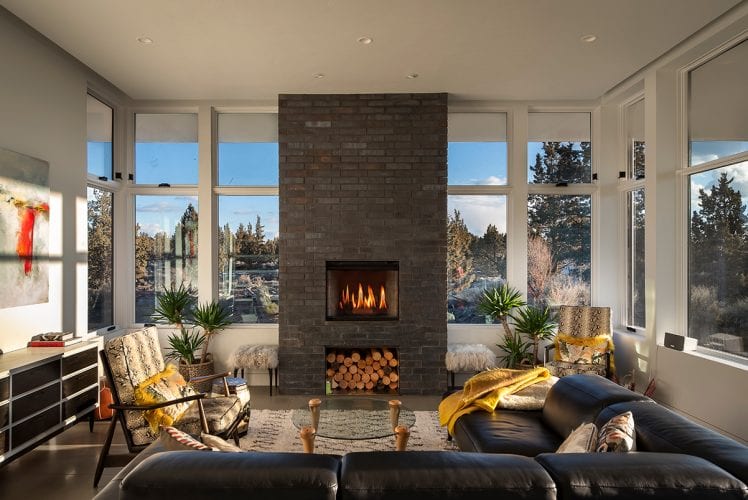

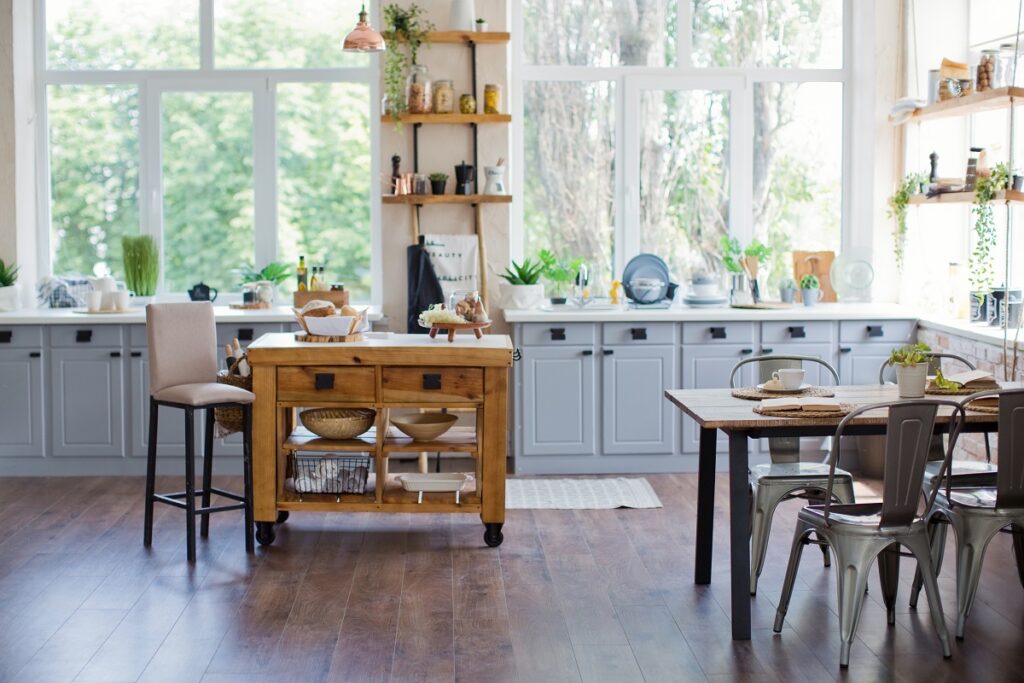
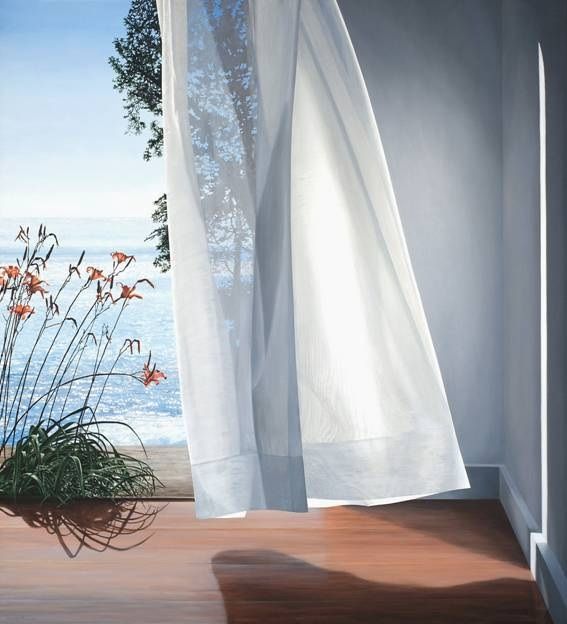

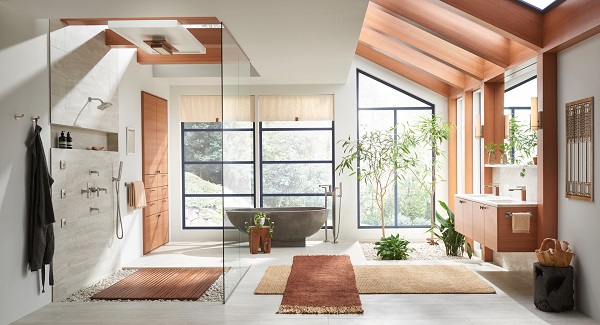

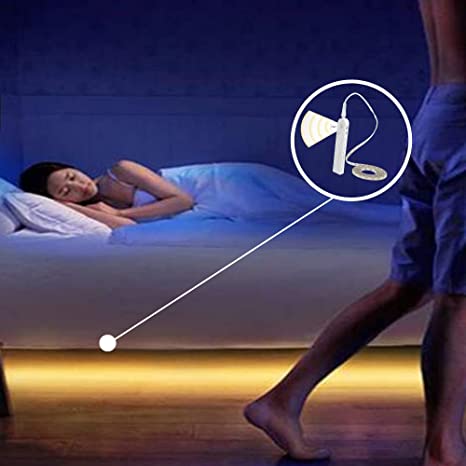

0 Comments
Trackbacks/Pingbacks